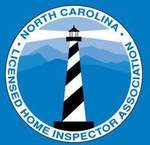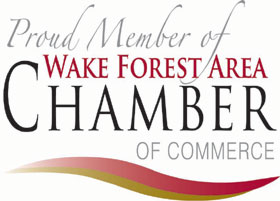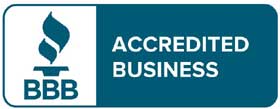Spring is soon approaching! Sir Walter Wally (Raleigh’s forecasting groundhog) didn’t see his shadow on Groundhog’s Day 2021 thus predicting an early spring.
With warming weather and April showers comes a potential home hazard: mold growth. One of the more common issues with homes inspected by Tim Wiggins Inspections is mold growth in the crawlspace.
Many have heard of the health dangers posed by species of mold called Black Mold, but other kinds of mold also have the potential to cause dangerous situations.
White Mold is less likely to produce toxins, but still has that potential. Yellow Mold will cause wooden structures to decay, leading to safety hazards regarding the structural integrity of the floor system.
Mold tends to hibernate (but not die) during the winter due to the cooler temperatures and decreases in humidity but come spring its growth tends to ramp up.
Those April showers can increase the humidity levels in crawlspaces, creating great conditions for mold to start growing again. Similarly, the high humidity during summer months also creates such conditions.
Mold growth can occur with moisture levels reaching 18 percent and wood damage can occur with moisture levels of 20 percent or more.
It’s important to check less traveled areas in your home, such as attics, crawlspaces, and unfinished basements for standing water or excessive moisture and condensation every three to four months.
Make sure all plumbing and dryer vents are being vented outside of your home to prevent moisture from accumulating in your attic, crawlspace, or even between walls.
If you have issues keeping crawlspace or attic moisture levels low, consider installing a dehumidifier to assist. A home inspection by Tim Wiggins Inspections can help you identify issues, such as plumbing leaks or condensation from your air conditioner unit that may be causing conditions for mold growth.
Schedule an appointment today with Tim Wiggins Inspections.






